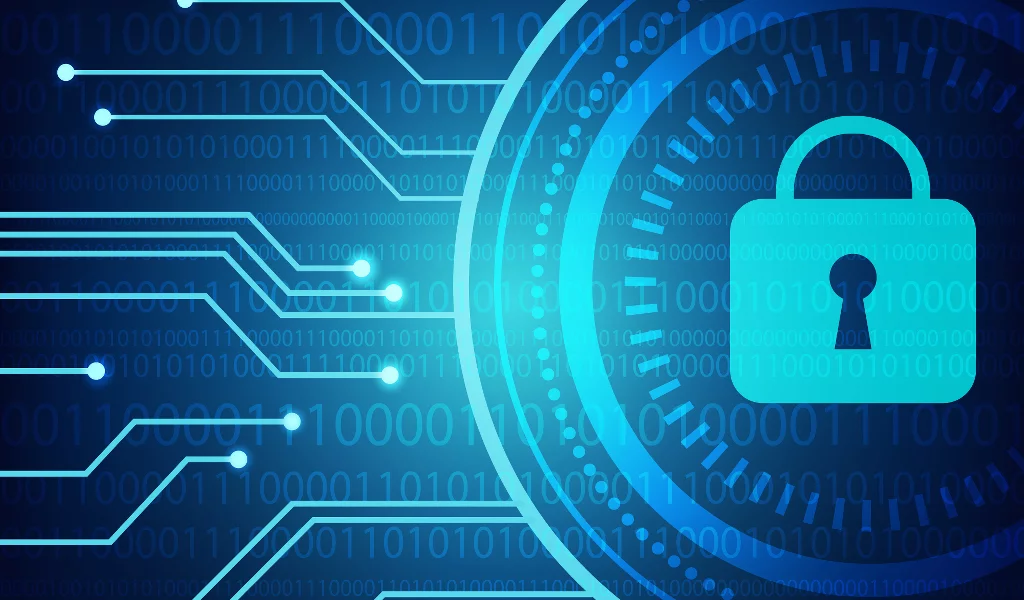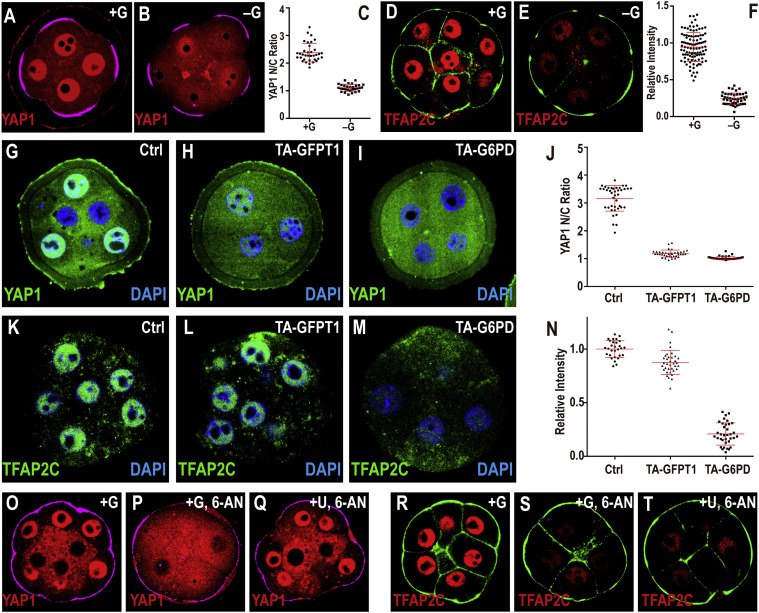The concept of secure authentication is often undermined by the human element. Sophisticated electronic security systems can be rendered ineffective if someone is coerced into disclosing their password. But what if a password existed that even the user couldn't consciously recall, no matter the circumstances? Such a breakthrough in cryptographic security is being pioneered through an intriguing combination of neuroscience and implicit learning.
A groundbreaking technique developed by Hristo Bojinov and his team at Stanford University suggests that sensitive information can be stored in the human brain in such a way that it remains inaccessible for conscious recall, yet accessible for authentication. This revolutionary idea forms the foundation of a system that could redefine how passwords are stored, remembered, and secured.
At the heart of this new technique lies implicit learning, a cognitive process where people unconsciously learn patterns or sequences without being actively aware of them. This phenomenon is already part of everyday life. For instance, when we speak a language, we instinctively follow grammatical rules without necessarily being able to articulate them. The research leverages this implicit learning mechanism to embed secure information within the brain, bypassing the risks associated with traditional password systems.
To test their hypothesis, Bojinov and his colleagues designed a game that seamlessly integrates implicit learning into its mechanics. Players were tasked with intercepting falling objects by pressing keys corresponding to six different positions on the screen. However, unbeknownst to the participants, these falling objects followed a hidden sequence of 30 specific positions.
This sequence was subtly repeated over 100 times during the game, which lasted between 30 and 45 minutes. As players interacted with the game, they unconsciously learned the sequence, evident by their improved performance and reduced errors when the pattern appeared. Remarkably, even though the players could demonstrate their implicit knowledge during the game, they were unable to consciously recall or recite the learned sequence when asked to do so.
The inability to consciously recall the sequence forms the crux of this system’s security. Users could be trained to "know" a sequence by playing the game during an initial session. Later, they could prove their knowledge by performing better at the same game, effectively using their implicit memory as a form of authentication.
This approach addresses a critical flaw in traditional password systems: vulnerability to coercion or interrogation. Even if a person is forced to reveal their password, they cannot consciously disclose what they do not remember. This phenomenon creates a robust layer of security, especially for scenarios where conventional methods may fail.
What about attackers attempting to uncover the sequence? The researchers estimated that even if an attacker were to observe a user’s game performance and try to reverse-engineer the sequence, the probability of success would be vanishingly small.
The sequence itself consists of 30 key presses spread across six different positions. Testing 100 users continuously for a year would yield less than a 1 in 60,000 chance of accurately reconstructing the sequence. This makes the system remarkably resistant to brute-force or observational attacks.
While the system shows immense promise, it still requires further refinement before it can be deployed in practical scenarios. Bojinov envisions its use in high-stakes environments, such as granting access to military facilities or nuclear sites, where the presence of the code-holder is mandatory.
Unlike biometric systems that rely on unique physical traits such as fingerprints or iris patterns, this implicit-learning-based method offers a significant advantage: it can be replaced. Biometric data, once compromised, cannot be regenerated. However, a sequence learned through this system can be retrained, making it more flexible and adaptable than biometric methods.
Biometric authentication systems, such as fingerprint or facial recognition, are celebrated for their convenience and minimal user effort. However, they come with inherent limitations:
- Irreplaceability: If a biometric trait is compromised, it cannot be changed or replaced.
- False Positives/Negatives: Environmental factors and technical glitches can sometimes lead to authentication failures.
This new implicit learning approach addresses these issues. Users can retrain with a new sequence if their implicit password is compromised. Additionally, the process remains effortless once the initial learning is completed. As Ari Juels, director of RSA Laboratories in Cambridge, Massachusetts, points out, the system's ability to combine the ease of biometrics with replaceability offers a significant leap forward in secure authentication methods.
Despite its potential, the system is not without its challenges. For example:
- Training Time: The initial session requires 30 to 45 minutes of gameplay, which might be seen as a barrier to user adoption.
- Commercial Viability: Before widespread deployment, the game-based approach needs to be optimized for usability and efficiency.
- System Vulnerability: As with any digital authentication system, there remains the risk of hacking into the infrastructure used to verify users.
Researchers acknowledge these limitations and emphasize that the system is more likely to find applications in niche, high-risk scenarios rather than widespread consumer use in its current form.
The implications of this research extend beyond password security. The study demonstrates how neuroscience can be harnessed to address real-world problems, blending cognitive science with technological innovation. By leveraging unconscious processes in the human brain, researchers open new avenues for developing systems that are both highly secure and user-friendly.
Looking ahead, further developments could make the system more accessible for everyday applications. Reducing training time, enhancing game design for broader appeal, and integrating the system into existing authentication frameworks are some of the steps needed to realize its full potential.
Bojinov and his team continue to refine the system, aiming to strike a balance between security, convenience, and scalability. They plan to present their findings at the USENIX Security Symposium in Bellevue, Washington, where they hope to inspire further research and collaboration in this exciting field.
The intersection of neuroscience and cryptography offers a novel solution to one of the most persistent challenges in cybersecurity: balancing robust protection with user convenience. By storing sensitive information in a way that is both inaccessible to conscious recall and effective for authentication, this implicit learning-based approach could revolutionize secure systems.
While challenges remain, the promise of a password that even the user cannot consciously disclose represents a paradigm shift in thinking about security. As the technology matures, it could redefine how we protect sensitive information, creating systems that are not only harder to breach but also uniquely human in their design.






















0 Comments